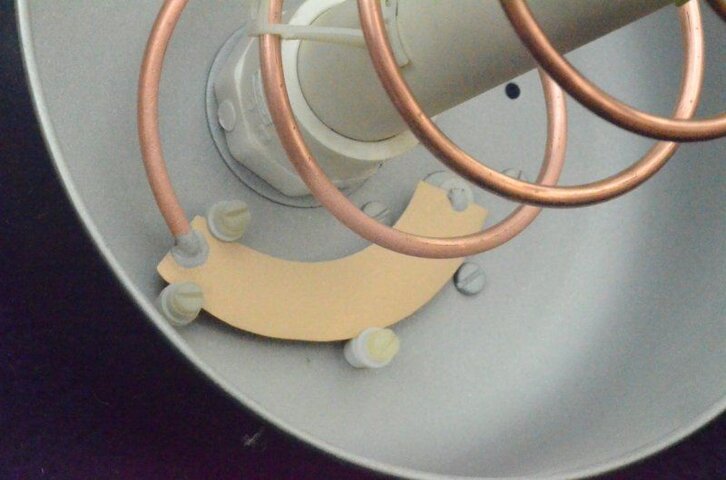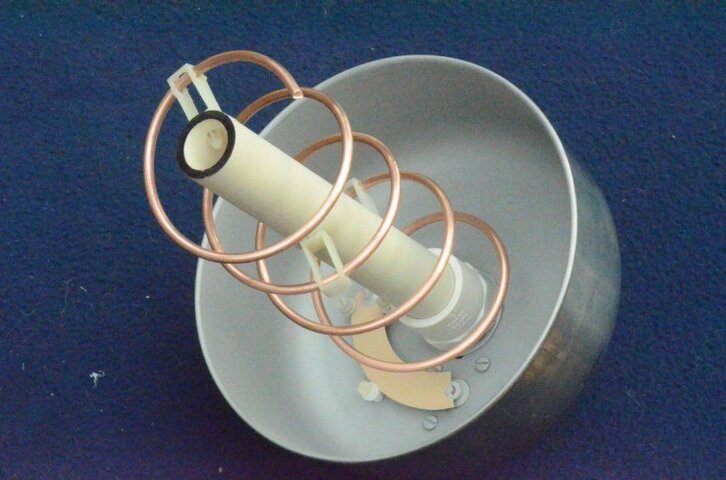After 580 posts and 6 months we have made a lot of progress!  Here is a photo of my 10' Unimesh with a Septum feed aimed at GOES-EAST, currently receiving mass quantities of Earth and Solar imagery. It works and creates images, but gets bogged down after awhile. Now that I have a working hardware setup I can finally focus on the graphics software.
Here is a photo of my 10' Unimesh with a Septum feed aimed at GOES-EAST, currently receiving mass quantities of Earth and Solar imagery. It works and creates images, but gets bogged down after awhile. Now that I have a working hardware setup I can finally focus on the graphics software.

 Here is a photo of my 10' Unimesh with a Septum feed aimed at GOES-EAST, currently receiving mass quantities of Earth and Solar imagery. It works and creates images, but gets bogged down after awhile. Now that I have a working hardware setup I can finally focus on the graphics software.
Here is a photo of my 10' Unimesh with a Septum feed aimed at GOES-EAST, currently receiving mass quantities of Earth and Solar imagery. It works and creates images, but gets bogged down after awhile. Now that I have a working hardware setup I can finally focus on the graphics software.






